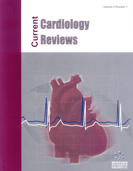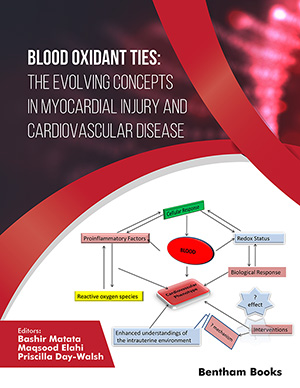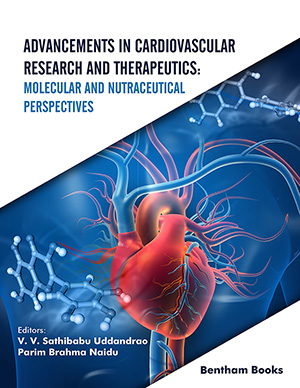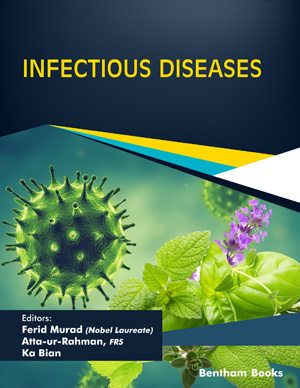Abstract
Introduction: Heart failure (HF) is a leading cause of death worldwide. The global prevalence of heart failure is projected to increase rapidly in the coming decades, and significant attention has turned to improving biomarker-based risk prediction of incident HF. This paper aimed to qualitatively and quantitatively evaluate the evidence associating levels of galectin-3 with the risk of incident HF.
Methods: A review of PUBMED-indexed peer-reviewed literature was performed. Nine studies met the inclusion criteria, and all nine had data eligible for conversion and pooling. A randomeffects meta-analysis was performed using hazard ratios and 95% confidence intervals from a minimally adjusted model, a further adjusted model, and from subgroups within the further-adjusted model.
Results: The minimally-adjusted model provided an HR of 1.97 (95% CI 1.74-2.23) when comparing the top quartile of log-gal-3 to the bottom quartile. The further-adjusted model provided an HR of 1.32 (95% CI 1.21-1.44) for the same comparison. The positive, significant association was conserved during sensitivity analysis.
Conclusion: There is a significant positive association between circulating galectin-3 and the risk of incident heart failure. Given the complex mechanistic relationship between galectin-3 and cardiovascular pathophysiology, further investigation is recommended for the possible implementation of galectin-3 into clinical risk prediction models.
Keywords: Incident HF, heart failure, cardiovascular disease, biomarker, galectin-3, hazard ratio, risk ratio.
[http://dx.doi.org/10.1001/jama.2021.5469] [PMID: 33787821]
[http://dx.doi.org/10.3390/jcm5070062] [PMID: 27367736]
[http://dx.doi.org/10.1093/emph/eoab016] [PMID: 34447575]
[http://dx.doi.org/10.15420/cfr.2016:25:2] [PMID: 28785469]
[PMID: 29207027]
[http://dx.doi.org/10.7150/thno.22196] [PMID: 29344292]
[http://dx.doi.org/10.1038/nrcardio.2016.25] [PMID: 26935038]
[http://dx.doi.org/10.1007/5584_2018_149] [PMID: 29498023]
[http://dx.doi.org/10.1186/s13643-016-0263-z] [PMID: 27216467]
[http://dx.doi.org/10.1136/bmj.b2535] [PMID: 19622551]
[http://dx.doi.org/10.1001/jamacardio.2017.4987] [PMID: 29322198]
[http://dx.doi.org/10.1016/j.jacc.2019.02.046] [PMID: 31072572]
[http://dx.doi.org/10.1161/JAHA.119.012336] [PMID: 31645163]
[http://dx.doi.org/10.1093/oxfordjournals.aje.a008971] [PMID: 8797521]
[http://dx.doi.org/10.1016/j.jacc.2012.04.053] [PMID: 22939561]
[http://dx.doi.org/10.1002/ejhf.21] [PMID: 24464746]
[http://dx.doi.org/10.1161/CIRCHEARTFAILURE.114.001185] [PMID: 25057112]
[http://dx.doi.org/10.1016/j.ijcard.2015.05.040] [PMID: 25985013]
[http://dx.doi.org/10.1002/ejhf.663] [PMID: 27813304]
[http://dx.doi.org/10.1161/JAHA.119.015405] [PMID: 32573308]
[http://dx.doi.org/10.1177/2047487312438979] [PMID: 22345696]
[http://dx.doi.org/10.1007/s13317-017-0097-2] [PMID: 28647912]
[http://dx.doi.org/10.1056/NEJM197112232852601] [PMID: 5122894]
[http://dx.doi.org/10.1093/eurheartj/ehw128] [PMID: 27206819]
[http://dx.doi.org/10.1016/1047-2797(91)90005-W] [PMID: 1669507]




















